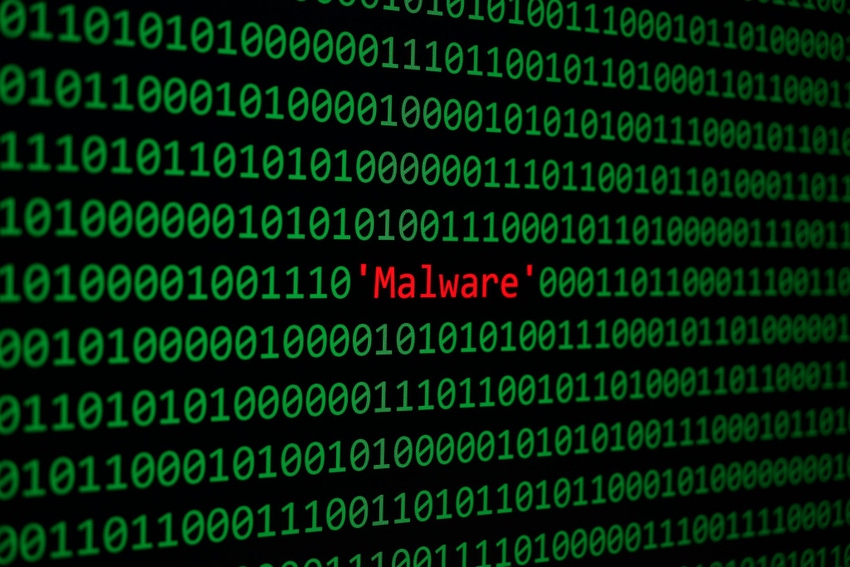FBI Warning: Malware Targeting Routers
News Briefs: What the FBI is recommending if you have a small business or home office router; and more news.
May 31, 2018

The FBI advised owners of small office and home office routers to reboot the devices on Friday, aiming to stem the effects of malware perpetrated by “foreign actors,” according to an FBI public service announcement. The actors used VPNFilter malware targeting routers, capable of collecting information, device exploitation, and blocking network traffic. In its statement, the FBI recommended that “any owner of small office and home office routers reboot the devices to temporarily disrupt the malware and aid the potential identification of infected devices.” According to Reuters, an FBI official said the kinds of devices known to be affected by the hack were purchased by users at electronic stores or online, but it was “not ruling out the possibility that routers provided to customers by internet service companies could also be affected.”
C3 IoT to Deliver IoT Appliance
C3 IoT will partner with Intel to deliver an AI and IoT appliance, preinstalling the C3 IoT Platform on an appliance, with “market-leading servers powered by Intel’s Xeon scalable cores, optional GPU accelerators, and mixed use hybrid storage.” The appliance will support the Microsoft Azure Stack to extend private cloud deployments to the public cloud and remote deployments. “The C3 IoT AI Appliance is optimized for organizations that cannot use public cloud applications due to privacy, security or regulatory reasons, and for applications that do not require elastic cloud compute. The C3 IoT Platform can run seamlessly on premise or in the cloud, or as a hybrid environment for maximum operational flexibility,” according to a press release.
Can IoT Tech Plus People Ease Logistics?
Can IoT ease the logistics associated with same-day delivery? In a recent interview with PYMNTS, the U.K. CEO of the French company Living Packets explained how the tech vendor aims to enable people to send and receive an item anywhere in Europe within a few hours by leveraging crowdsourcing and IoT technology. The startup relies on people already in transit to deliver packages, using IoT-enabled packaging to track and ensure safe, reliable transit. For instance, an alarm triggers if a delivery-carrying traveler opens the bag, sending a notification to both the company itself and the sender, according to the coverage.
Asavie Partners with Vodafone
Vodafone Ireland, in partnership with enterprise mobility and IoT connectivity vendor Asavie, announced the launch of Vodafone IoT Express, an offering designed to enable Irish businesses access to SIM-based IoT connectivity on cellular networks, according to a press release. Asavie CEO Ralph Shaw said of the announcement in a press release, “By securely managing network connections from the edge to the Cloud and eliminating the typical delays in deployment and revenue generation, enterprises can immediately benefit from the IoT economy.”
Hotels to Lead IoT Spending in Retrofit Projects for Buildings
Hospitality is expected to be the fastest-growing end-user industry for connected equipment involving retrofit projects aimed at making buildings “smart,” according to an IHS Markit article on Seeking Alpha. This year, hotels will spend more than $500 million on connected equipment and will invest more than $2.2 billion to refurbish guest rooms, according to the report. The most common smart building technology introduced in hotels is mobile credentials.
IoT Functionality on an Altair?
At its recent Build conference, Mike Hall of Microsoft’s Azure Sphere group demonstrated the potential of IoT development by putting a MediaTek MT3620 platform into a classic Altair 8880 case, according to MediaTek. This was used to launch a version of Bill Gates’ and Paul Allen's original BASIC on an Intel 8080 emulator that wrote direct to Azure, instead of a cassette tape, where the temperature data could then be plotted in Microsoft's IoT Central, according to coverage in The Register.
About the Author(s)
You May Also Like

.png?width=700&auto=webp&quality=80&disable=upscale)
.png?width=700&auto=webp&quality=80&disable=upscale)
.png?width=300&auto=webp&quality=80&disable=upscale)
.png?width=300&auto=webp&quality=80&disable=upscale)
.png?width=300&auto=webp&quality=80&disable=upscale)
